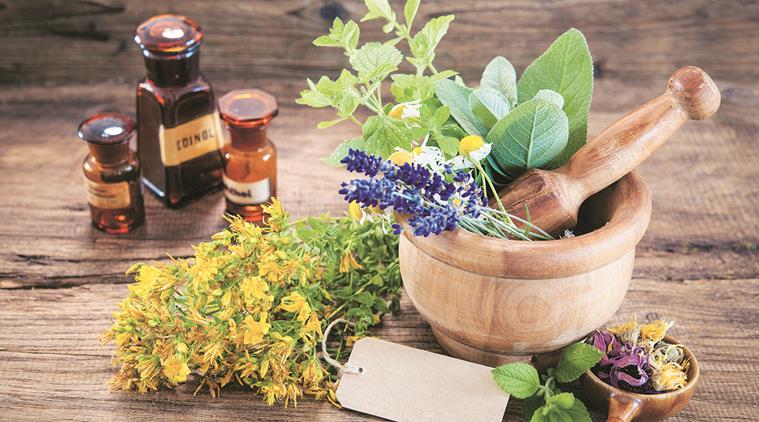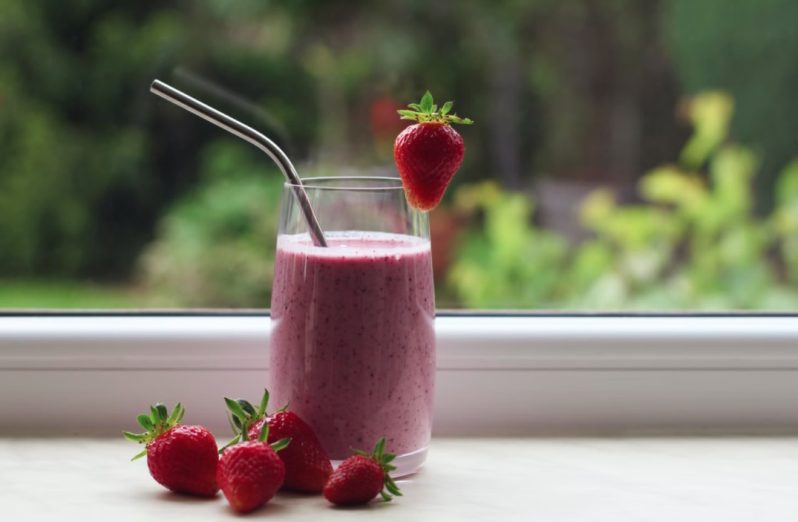Health foods, often heralded as the cornerstone of well-being, encapsulate a myriad of nutrient-dense offerings that nourish the body and fortify the spirit. From vibrant fruits and verdant vegetables to wholesome grains and lean proteins, health foods constitute the bedrock of a balanced diet, fostering vitality and resilience from within.

Delving into the Nuances of Nutrient Density
Nutrient density, a pivotal metric in the realm of nutrition, gauges the concentration of essential vitamins, minerals, and macronutrients in a given food item relative to its caloric content. Foods brimming with nutrients per calorie, such as leafy greens, berries, and legumes, epitomize the essence of nutrient density, offering unparalleled nutritional bang for the caloric buck.
Embracing the Plant-Powered Paradigm: The Rise of Plant-Based Foods
The burgeoning popularity of plant-based foods heralds a seismic shift in dietary paradigms, as more individuals gravitate towards plant-powered fare for its myriad health benefits and ecological …
Continue reading






